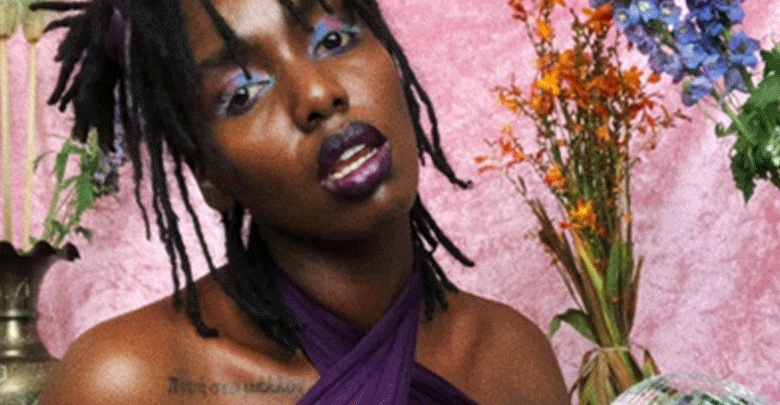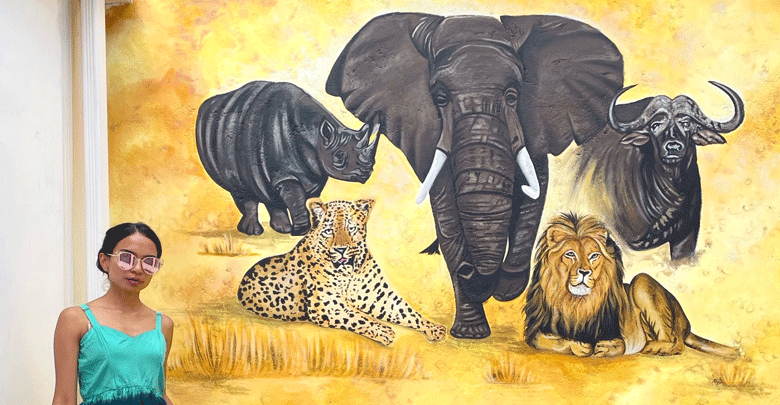Artists in Kenya fed up of getting the short end of the stick as regards appreciation of their work
By Jackson Onyango, July 30, 2021When it comes to music, artistes have always found it challenging to sell their music in legal means and make a living out of the same.
Basically, the arts ecosystem and creative industry is broken. Poor policies, hungry cartels, and belligerent gatekeepers have become heinous middlemen, denying artistes autonomy and financial freedom in a country where a projected five per cent of the Gross Domestic Product of up to US$500 million (Sh54.3 billion) is generated yearly through music alone, yet artists are still struggling and fail to make enough money to sustain their careers.
And as Kenya’s creative industry was dealt a huge blow by the Covid-19 pandemic, the alternative means to mitigate the losses came through digital compensation.
Artistes were hopeful that they could still earn money through digital means. “I am selling my music exclusively via a Kenyan platform, Mookh.
There, the proceeds come to me directly, and I can sell merchandise too,” says Kenyan hip-hop artiste Jovie Jovv.
In the visual arts domain, according to surrealist painter Bakhita Sheni, traditional painters, fine arts and illustrators have encountered difficulties in protecting their assets from being undervalued.
“Galleries in Nairobi are sort of greedy. They take up to 40 per cent of the money I earn just for using their facilities, and that’s why I had to rent a studio space in a cost-effective area. Even so, I’m still working on having my own permanent place,” she tells Spice.
The tax question
However, the government played devil’s advocate and lobbied for a Digital Service Tax (DST) through the Finance Act 2020, offsetting a 1.5 per cent payment of any digital transaction.
This includes any commercial marketplace transaction that occurs online such as e-books, music downloads and films, which would be subject to a 1.5 per cent commission that goes to the Treasury, again tampering with creatives’ income.
The tax proposed in 2019 was passed in 2020 and was in full effect by January 2021, a move not many took a liking to.

“We understand that the country is in huge debt, but the government always looks for ways to make business harder for creatives instead of uplifting them.
I even had to sell my events company just to survive the pandemic. Here, the government is slowly digging the graves for us,” says creative entrepreneur Kitawi Mwakitele.
As consumers of arts stay home, they are still itching for their favourite creatives to produce content worth their money, despite the roadblocks these creatives are enduring.
And in a means to cut off the middleman, artists are now selling their works at 100 per cent rates, recouping the full value by opting to sell their works through the disruptive digital technology of the Non-Fungible Tokens (NFT).
NFT are the original collectible digital items that cannot be duplicated. They are based around crypto-currency Ethereum, which currently stands at about Sh192,000 and can be minted on various platforms such as Markers Place, Crypto.com, Open Sea, Arkane and Nifty Gateway among others.
They do not include third party dealings except the platform in which art purveyors’ mint, and for the most part, these platforms are usually free to subscribe to.
In a world where digitalism and technology is innovating many industries, particularly music and electronic arts, NFTs are growing in relevance and outdating cash-based systems and business models.
Whether it’s award-winning American deejay and electronic dance music producer Justin David Blau aka 3LAU auctioning samples worth Sh306 million, or Grammy-winning Filipino American record producer, songwriter, and educator Ramon Ibanga, Jr aka Illmind auctioning beat samples for Sh600,000 that allow buyers to re-produce and use them as they please, NFT’s are revolutionising how artistes are monetising their worth.

Even businesses in the textile or clothing industries are already hip to the NFT idea.
Kenyan clothing designer Zeddie Loky, for instance, is adopting the system to sell his exclusive BLKBRD GENES merchandise, a methodology to combat the piracy against his works.
The advantage with NFT is that it is under no government monitoring mechanism; it allows artists to self-license their works and gain leverage in pricing their souvenirs at a convenient price.
It also allows consumers or collectors depending on the art medium to own original pieces.
Way to follow
Additionally, crypto currencies have a high ceiling in terms of their value appreciation, as artist Sanjana Deshpande intimates.
“The future is indeed digital. And beyond clients sending me images of what kind of pieces they want, we can all travel to the digital space where our work as artists would be found and settle for what they want without a lot of back and forth.
That is where I will be moving into in the near future,” the surreal painter shares with Spice.
The pitfalls come into play where authorities are looking for ways to interfere with crypto payments.

Therefore, artists have to educate themselves and conduct thorough research to understand how these forms of currencies work.
Illustrator Kuta Mwadzame, who was recently commissioned by Afrofuture to create an NFT for the platform explains how artists can leverage these changes in how business is being done in the digital era.
“It requires a lot of patience to grasp how all this operates, but I have been privileged enough to auction some of my artworks on the platform.
Firstly, there are platforms that are specifically used to sell NFTs, so a willing seller (the artist) and a collector have to be inducted into these platforms.
To be accepted into the platform, there’s an application process that is quite swift, but there’s a huge catch after that,” he says.
He elaborates further, “Since there are so many artists waiting to be on boarded into these platforms, there’s a long waiting list, which makes it harder for individual artist to be on board since they have to go through so many applications.
The best way to hop on board is by signing with a collective, which fast tracks the process because they’ve already been inducted.
Once on board, you’ll have to have Etheriums (the currency of trade) in your MetaMask wallet (digital wallet) that enables you to pay the gas fee (transaction fee).
“From this point, you can then set the amount you want to sell your art for, and start accepting bids until when you’re content with someone who has matched your expectations.
The collector then sends you the money through a code that you input in your wallet and you transfer the artwork. Then you’ll get a notification that your NFT has been sold. That’s simply it.”
And as creatives look for ways to strengthen their bargaining power and reclaim their power as entrepreneurs, NFTs are the latest disruptive modes in tech that artists are advised to scrutinise and see in what ways they can get the upper hand.
“NFTs change the way we look at art. I’ve been doing this for a minute and it’s cool to see how things are circling back to the tech space—it’s a form of liberation for us because we can price our pieces at their worth without negotiating about it,” says Bakhita.
Blockchain effect
Intellectual Property advocate Hawi Patrick admits that even if there may not be much knowledge regarding the crypto-currency trends, he believes there’s an opportunity to prosper that artists should tap.
“I am still wrapping my head around it, but based on my basic understanding, it provides a real opportunity for artists to trade digital formats of their original work through a highly secured system, whereby authenticity and ownership is certified on a blockchain ledger.
In a way, this provides a new avenue for monetising intellectual property, especially because the original creator receives royalty payments each time their work is traded on the NFT marketplace.
Artists in Kenya are quite advanced and a few have already adopted its use, considering the struggles of leaving off one’s art here. This is certainly an opportunity that artists should jump on,” he says.
However, the troubling question is how many of our local artists are willing and capable to embrace and educate themselves on this new digital financial realisation? But if they do, the paradigm would have shifted for their own good.
